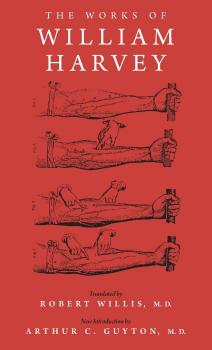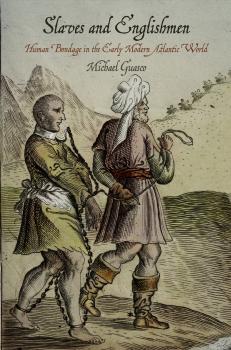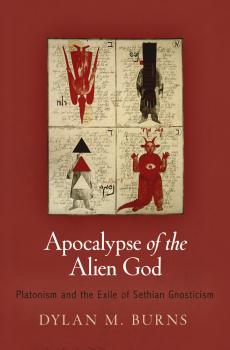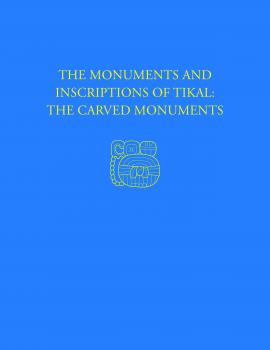ТОП просматриваемых книг сайта:
ЛИТМИР - LITMIR.BIZ - Электронная библиотека
Скачивание или чтение онлайн электронных книг.Аннотация
Since gaining independence, the United Republic of Tanzania has enjoyed relative stability. More recently, the nation transitioned peacefully from «single-party democracy» and socialism to a multiparty political system with a market-based economy. But Tanzania's development strategies—based on the leading economic ideas at the time of independence—also opened the door for unscrupulous dealmaking among political elites and led to economic decline in the 1960s and 1970s that continues to be felt today. Indeed, the shift to a market-oriented economy was motivated in part by the fiscal interests of government profiteers. The Political Economy of Tanzania focuses on the nation's economic development from 1961 to the present, considering the global and domestic factors that have shaped Tanzania's economic policies over time. Michael F. Lofchie presents a compelling analysis of the successes and failures of a country whose postcolonial history has been deeply influenced by high-ranking members of the political elite who have used their power to advance their own economic interests. The Political Economy of Tanzania offers crucial lessons for scholars and policy makers with a stake in Africa's future.
Аннотация
Technically speaking, slavery was not legal in the English-speaking world before the mid-seventeenth century. But long before race-based slavery was entrenched in law and practice, English men and women were well aware of the various forms of human bondage practiced in other nations and, in less systematic ways, their own country. They understood the legal and philosophic rationale of slavery in different cultural contexts and, for good reason, worried about the possibility of their own enslavement by foreign Catholic or Muslim powers. While opinions about the benefits and ethics of the institution varied widely, the language, imagery, and knowledge of slavery were a great deal more widespread in early modern England than we tend to assume. In wide-ranging detail, Slaves and Englishmen demonstrates how slavery shaped the ways the English interacted with people and places throughout the Atlantic world. By examining the myriad forms and meanings of human bondage in an international context, Michael Guasco illustrates the significance of slavery in the early modern world before the rise of the plantation system or the emergence of modern racism. As this revealing history shows, the implications of slavery were closely connected to the question of what it meant to be English in the Atlantic world.
Информация о книге
Автор произведения Michael Guasco
Аннотация
In the second century, Platonist and Judeo-Christian thought were sufficiently friendly that a Greek philosopher could declare, «What is Plato but Moses speaking Greek?» Four hundred years later, a Christian emperor had ended the public teaching of subversive Platonic thought. When and how did this philosophical rupture occur? Dylan M. Burns argues that the fundamental break occurred in Rome, ca. 263, in the circle of the great mystic Plotinus, author of the Enneads . Groups of controversial Christian metaphysicians called Gnostics («knowers») frequented his seminars, disputed his views, and then disappeared from the history of philosophy—until the 1945 discovery, at Nag Hammadi, Egypt, of codices containing Gnostic literature, including versions of the books circulated by Plotinus's Christian opponents. Blending state-of-the-art Greek metaphysics and ecstatic Jewish mysticism, these texts describe techniques for entering celestial realms, participating in the angelic liturgy, confronting the transcendent God, and even becoming a divine being oneself. They also describe the revelation of an alien God to his elect, a race of «foreigners» under the protection of the patriarch Seth, whose interventions will ultimately culminate in the end of the world. Apocalypse of the Alien God proposes a radical interpretation of these long-lost apocalypses, placing them firmly in the context of Judeo-Christian authorship rather than ascribing them to a pagan offshoot of Gnosticism. According to Burns, this Sethian literature emerged along the fault lines between Judaism and Christianity, drew on traditions known to scholars from the Dead Sea Scrolls and Enochic texts, and ultimately catalyzed the rivalry of Platonism with Christianity. Plunging the reader into the culture wars and classrooms of the high Empire, Apocalypse of the Alien God offers the most concrete social and historical description available of any group of Gnostic Christians as it explores the intersections of ancient Judaism, Christianity, Hellenism, myth, and philosophy.
Аннотация
Spain is a notable exception to the implicit rules of late twentieth-century democratization: after the death of General Francisco Franco in 1975, the recovering nation began to consolidate democracy without enacting any of the mechanisms promoted by the international transitional justice movement. There were no political trials, no truth and reconciliation commissions, no formal attributions of blame, and no apologies. Instead, Spain's national parties negotiated the Pact of Forgetting, an agreement intended to place the bloody Spanish Civil War and the authoritarian excesses of the Franco dictatorship firmly in the past, not to be revisited even in conversation. Formalized by an amnesty law in 1977, this agreement defies the conventional wisdom that considers retribution and reconciliation vital to rebuilding a stable nation. Although not without its dark side, such as the silence imposed upon the victims of the Civil War and the dictatorship, the Pact of Forgetting allowed for the peaceful emergence of a democratic state, one with remarkable political stability and even a reputation as a trailblazer for the national rights and protections of minority groups. Omar G. Encarnación examines the factors in Spanish political history that made the Pact of Forgetting possible, tracing the challenges and consequences of sustaining the agreement until its dramatic reversal with the 2007 Law of Historical Memory. The combined forces of a collective will to avoid revisiting the traumas of a difficult and painful past and the reliance on the reformed political institutions of the old regime to anchor the democratic transition created a climate conducive to forgetting. At the same time, the political movement to forget encouraged the embrace of a new national identity as a modern and democratic European state. Demonstrating the surprising compatibility of forgetting and democracy, Democratization Without Justice in Spain offers a crucial counterexample to the transitional justice movement. The refusal to confront and redress the past did not inhibit the rise of a successful democracy in Spain; on the contrary, by leaving the past behind, Spain chose not to repeat it.
Информация о книге
Автор произведения Omar G. Encarnacion
Аннотация
What can the present tell us about the past? From 1968 to 1990, Edward Ochsenschlager conducted ethnoarchaeological fieldwork near a mound called al-Hiba, in the marshes of southern Iraq. In examining the material culture of three tribes—their use of mud, reed, wood, and bitumen, and their husbandry of cattle, water buffalo, and sheep—he chronicles what is now a lost way of life. He helps us understand ancient manufacturing processes, an artifact's significance and the skill of those who create and use it, and the substantial moral authority wielded by village craftspeople. He reveals the complexities involved in the process of change, both natural and enforced. Al-Hiba contains the remains of Sumerian people who lived in the marshes more than 5,000 years ago in a similar ecological setting, using similar material resources. The archaeological evidence provides insights into everyday life in antiquity. Ochsenschlager enhances the comparisons of past and present by extensive illustrations from his fieldwork and also from the University Museum's rare archival photographs taken in the late nineteenth century by John Henry Haynes. This was long before Saddam Hussein drove one of the tribes from the marshes, forced the Bedouin to live elsewhere, and irrevocably changed the lives of those who tried to stay.
Аннотация
During the late Middle Kingdom (about 1850-1700 B.C.E.), ancient Egyptian women of high standing were interred with lavish ornamentation and carefully gathered possessions. Buried near the pyramids of kings, women with royal connections or great wealth and status were surrounded by fine pottery and vessels for sacred oils, bedecked with gold and precious stones, and honored with royal insignia and marks of Osiris. Their funerary possessions include jewelry imported from other ancient lands and gold-handled daggers and claspless jewelry made only to be worn in the tomb. Extensively illustrated with archival images and the author's own drawings, Tomb Treasures of the Late Middle Kingdom describes and compares the opulent tombs of eminent and royal women. In addition to the ornaments, many of which are considered masterpieces of Middle Kingdom craft, Egyptologist Wolfram Grajetzki examines the numerous grave goods, artifacts of daily life, and markers of social status that were also placed in tombs, presenting a more complete picture of funerary customs in this period. By considering celebrated examples of female burials together for the first time, Tomb Treasures of the Late Middle Kingdom sheds new light on the role and status of women in the royal court and explores how the gendered identity of those women was preserved in the grave.










